Siberian Larch: An Exceptional and Sustainable Decking, Siding, Roofing and Flooring Option3/3/2019 When British actress Helen Mirren joined the cheering crowds at the 2012 London Olympics’ velodrome she had more in common with the cutting edge facility than most would have imagined. Mirren's grandfather, Colonel Pyotr Vasilievich Mironov, was an officer in the Imperial Russian Army, who took part in the disastrous Russo-Japanese War of 1904-1905. The same Siberian wilderness which Mirren’s grandfather crossed one hundred years earlier now provided the wood for the velodrome’s track. It was no coincidence that renowned Australian track builder turned designer Ron Webb chose Siberian larch (sometime called Siberian pine) for London’s Olympic facility. A former cycling champion who began his career at the age of 15, Webb has done more than anyone else to establish the sport of indoor cycling. Since 1970, Webb has designed and built over 60 velodromes around the globe—including the venues for the Olympics in Seoul, Sydney, and Athens. Siberian larch is Webb’s preferred species, and one which which he used in Sydney, Melbourne, and Manchester prior to the construction of London facility. It is “a very good, malleable material,” explained Webb, “I like to use it and I go to a lot of trouble to always find the same source.” Mike Taylor, the velodrome’s head architect, noted that Siberian larch was part of an overall design plan to make the London track the fastest in the world. “The track is made from 56 kilometer lengths of 40x40 millimeter Siberian pine. It uses 350,000 nails, all hammered in by hand.” The speed objectives of the designers were met with flying colors. In the two evenings of races eight world records were set. Not surprisingly, when Jason Fellen, Senior Director of Capital Projects, was interviewed about the construction of the Milton velodrome for the 2015 Pan American Games, he emphasized the importance of Siberian larch. “The qualities of the Siberian wood have been proven to yield specific high performance tracks around the world. It’s pliability, it’s durability, how it responds to temperatures…The velodrome is kept at a much warmer temperature than typical environments. The athletes like the warmer weather and the wood has to create the speeds for those riders as well.” While Siberian larch may be at the forefront of the fastest and most innovative velodrome projects around the globe, it has been used in construction projects for centuries. Because of its density Siberian larch has natural pressure treated quantities that were long ago recognized by European builders. Venice, the Italian city built on a lagoon, has for centuries been supported by countless numbers of Siberian larch pilings. In some areas of Russia, Siberian larch foundations have been found that are more than 1000 years old. Because of it’s resistance to rot Siberian larch is still commonly used for telephone poles in the eastern parts of Siberia—with some poles still in good condition after 40 years. When the Trans-Siberian Railway was built that transported Hellen Mirren's grandfather across the continent, Siberian larch was used for sleepers. Leo Kogan, a Russian trained engineer, who now works for Stein Wood Products, explained that Siberian larch has a much higher percentage of dense, strong, inner wood, known as heartwood, than other species such as pine, cedar, redwood and cypress. Conversely, Siberian larch has a lower percentage of more porous, outer sapwood. It is this high percentage of heartwood and low percentage of sapwood that makes Siberian larch an excellent species for exterior applications such as decking, siding, and even roofing. Kogan adds that Europeans have long recognized the special properties and affordability of Siberian larch and it is widely used for siding in Germany and Sweden and for roofing in Norway. It was through his business travels in Europe, that Peter Krihak, CEO of Holbrook Lumber, came to appreciate Siberian larch. “During that time I realized that they were using a great amount of Siberian Larch at all of the DIY stores and really throughout Germany, France, the UK, Belgium, Luxembourg.” Peter recognized that for Europeans, Siberian larch was the “go to, decay resistant exterior species for decking or cladding.” “The Europeans use more wood than we do,” Peter, explained. “They’re not using PVC trim boards. They’re not using some of the alternative options that we use….When they want to use wood outside, and when they want an affordable wood, they use Siberian larch on a wide scale and have for fifty plus years.” Through one of his trusted European business contacts Peter established a rapport with the Germany company HolzTec, owned by an old sawmill family from Hamburg. The two companies eventually reached an agreement for Holbrook to represent HolzTec on the US market. HolzTec, Peter explained, set up a manufacturing plant in St. Peterburg, which is a short flight from Hamburg. They bring Siberian larch by rail to the plant in St. Petersburg where they use kilns from Austria and most advanced Weinig planning and cutting machines from Germany. Doing business in Russia, Peter noted, is never easy, and the fact that the HolzTec family member who runs the St. Petersburg plant is married to a Russian citizen and has dual citizenship goes a long way toward facilitating the business venture. While HolzTech has distributed Siberian larch throughout Europe for quite some time, this is only the third year of sales in the United State for Holbrook Lumber. With sales doubling every year, the prospects for the new species look promising. Peter described the decision to import Siberian larch as a “long term play,” for Holbrook Lumber. “We’re a company that goes back to 1911… We’re very attuned to the global wood basket..If you look at the North American decay resistant species, they’re diminishing, the quality is going down and the price is going up, particularly with western red cedar. This (Siberian larch) is in our opinion a much superior product to today’s STK (small tight knots) cedar. It’s more than twice as hard and it’s more durable. A lot of the STK cedar today has sapwood mixed throughout which is not durable at all. It checks more than the Siberian larch. It’s not as attractive a board or as durable of a board as we would like. But it’s really more about what’s available long term. If you look at the Ural and Siberian forests they are mammoth. There is a great amount of supply…Being responsible foresters, we like to look at that. This a product that is going to be available for hundreds of years.”
The abundance of Siberian larch is impressive. With forests covering one-third of the earth, the Russian Federation has more square miles of forests than any other country—nearly twice as much as Brazil. According to the United Nations Economic Commission for Europe (UNECE), Russia has more than a fifth of the world’s forests. Larch represents 35.8% of Russia’s trees, the single largest species with pine at a distant second. The International Union for the Conservation of Nature, which monitors the health of plant and animal species around the globe, placed Siberian larch in the “least concern” category in its most recent 2011 Red List report. In age where forests are shrinking, with 1.3 million square kilometers of forests lost since 1990, Russia is bucking the trend. In a 2016 report, the World Economic Forum puts Russia on the blue list of growth areas. Where as Brazil has lost over 500,000 square kilometers of forests since 1990, Russia has gained nearly 60,000 square kilometers. Russian logging practices may lag behind western standards, and illegal logging remains a concern, but the abundance of Russian lumber and Siberian larch in particular remain undeniable.
If you are looking for an economical and sustainable source of untreated lumber with exceptional qualities and character for your decking, siding, flooring or roofing project, consider Siberian larch and contact Shrewsbury Lumber for an array of options and choices. Sources:
**I would personally like to thank Leo Kogan and Peter Krihak for generously sharing their time to speak with me. I also want to thank Leo Kogan for sending me a considerable number of pictures of various Siberian larch applications--some of which I have used in this blog entry.
3 Comments
3/24/2023 10:34:56 am
Such an interesting and cool post. Thanks for sharing!
Reply
11/9/2023 08:46:29 pm
ts sustainability and durability make it an eco-friendly option that can stand the test of time. Whether you're looking for a beautiful and long-lasting deck or a reliable material for siding, roofing, or flooring, Siberian Larch is a top-notch choice that combines aesthetics with environmental responsibility.
Reply
4/8/2024 05:16:52 am
Outstanding post as usual!
Reply
Leave a Reply. |
AuthorRick Derderian is the sales manager at Shrewsbury Lumber. He has years of experience working with contractors who do everything from back yard decks and additions to new hotels, schools and apartment buildings. This blog aims to share perspectives and to encourage responses that might help with your project. Archives
May 2019
Categories |
||||||
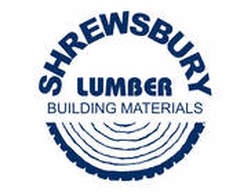
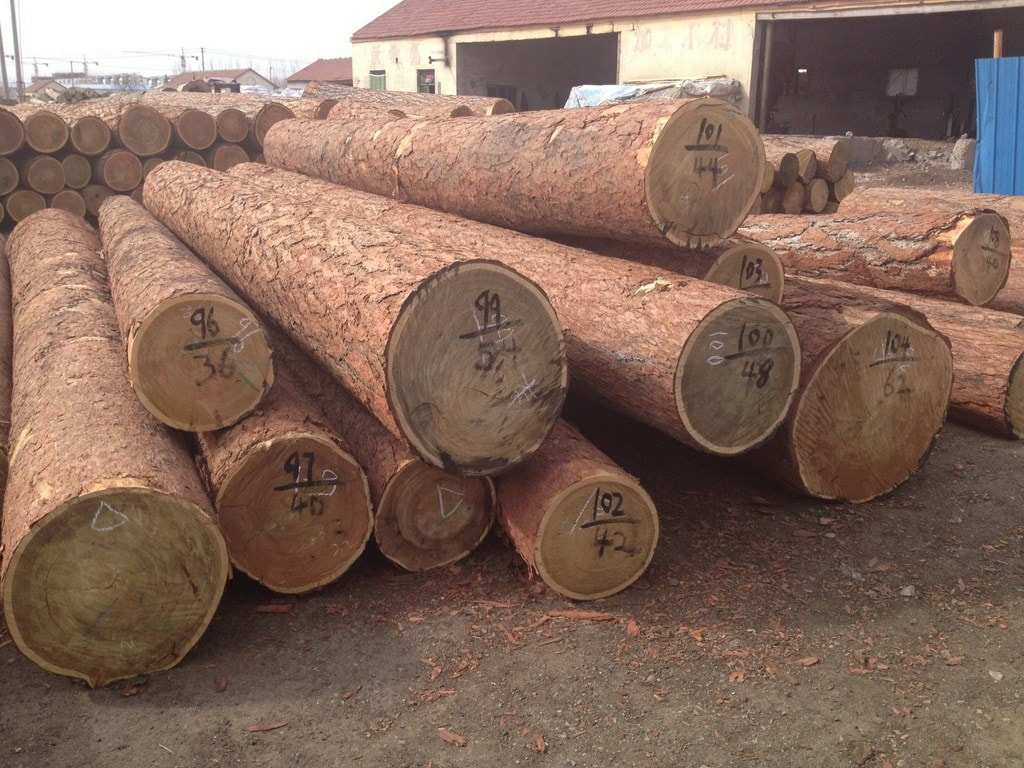
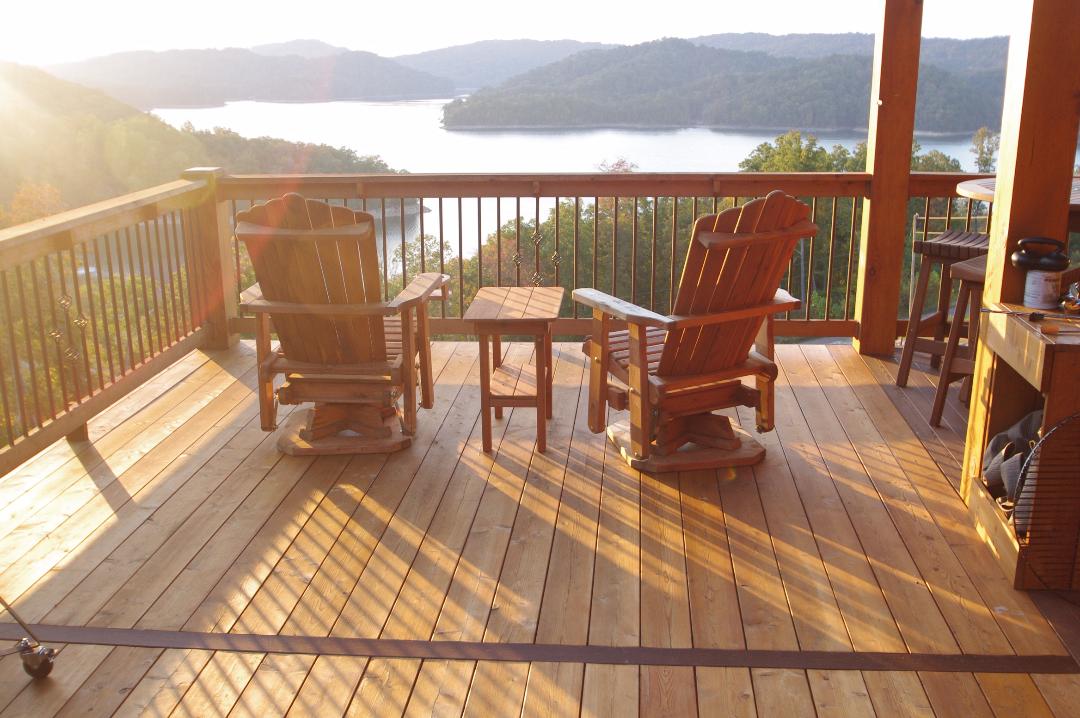
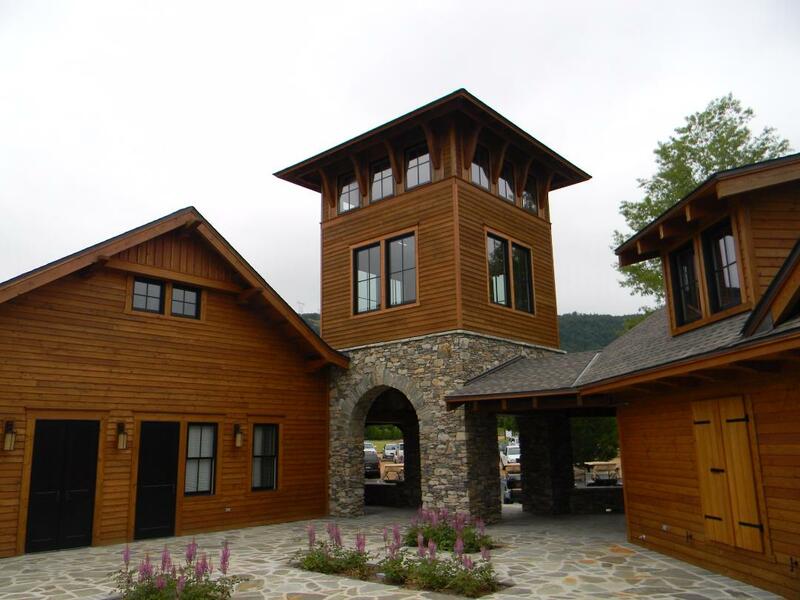
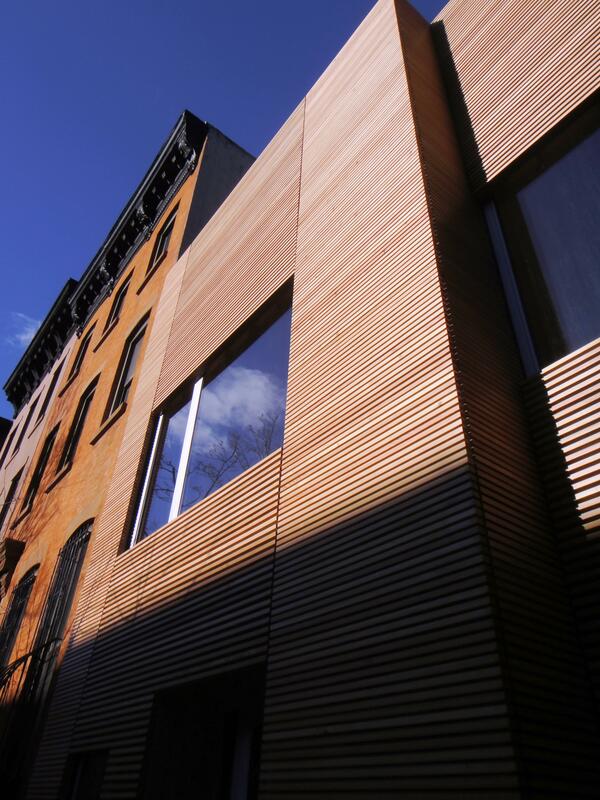
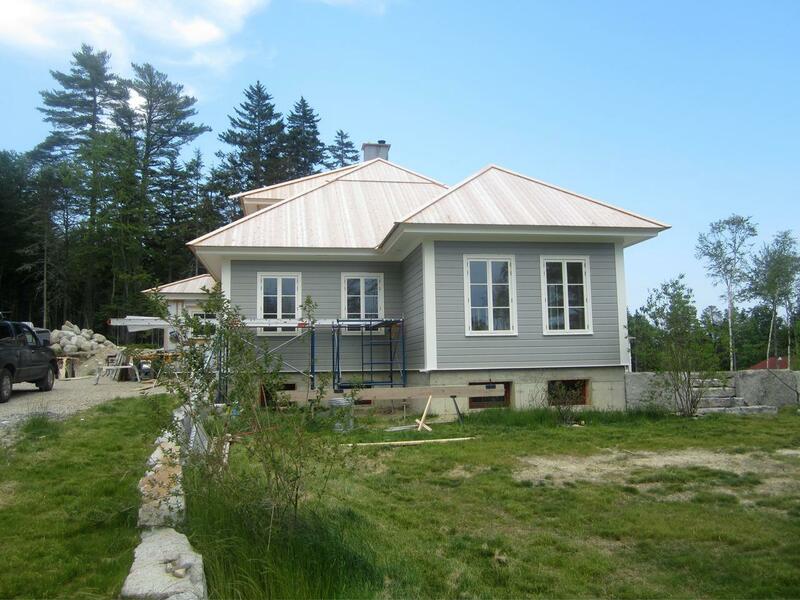
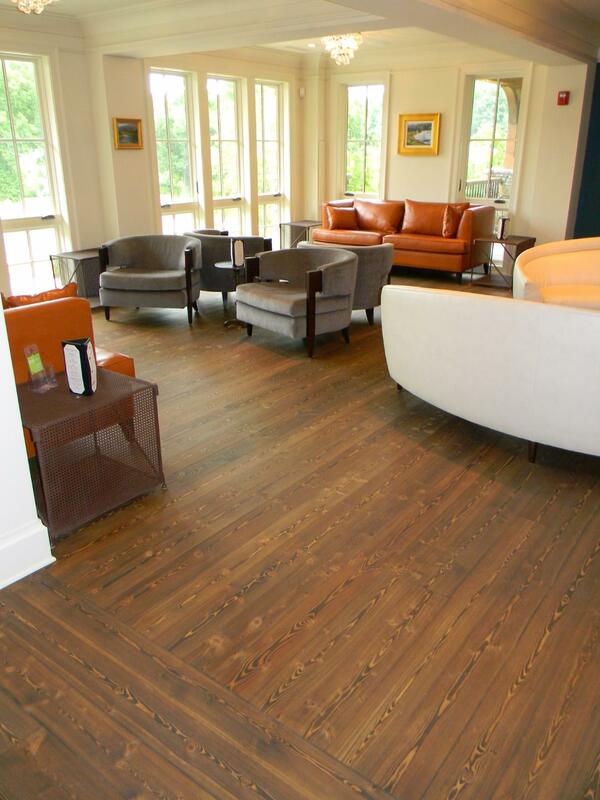

 RSS Feed
RSS Feed



